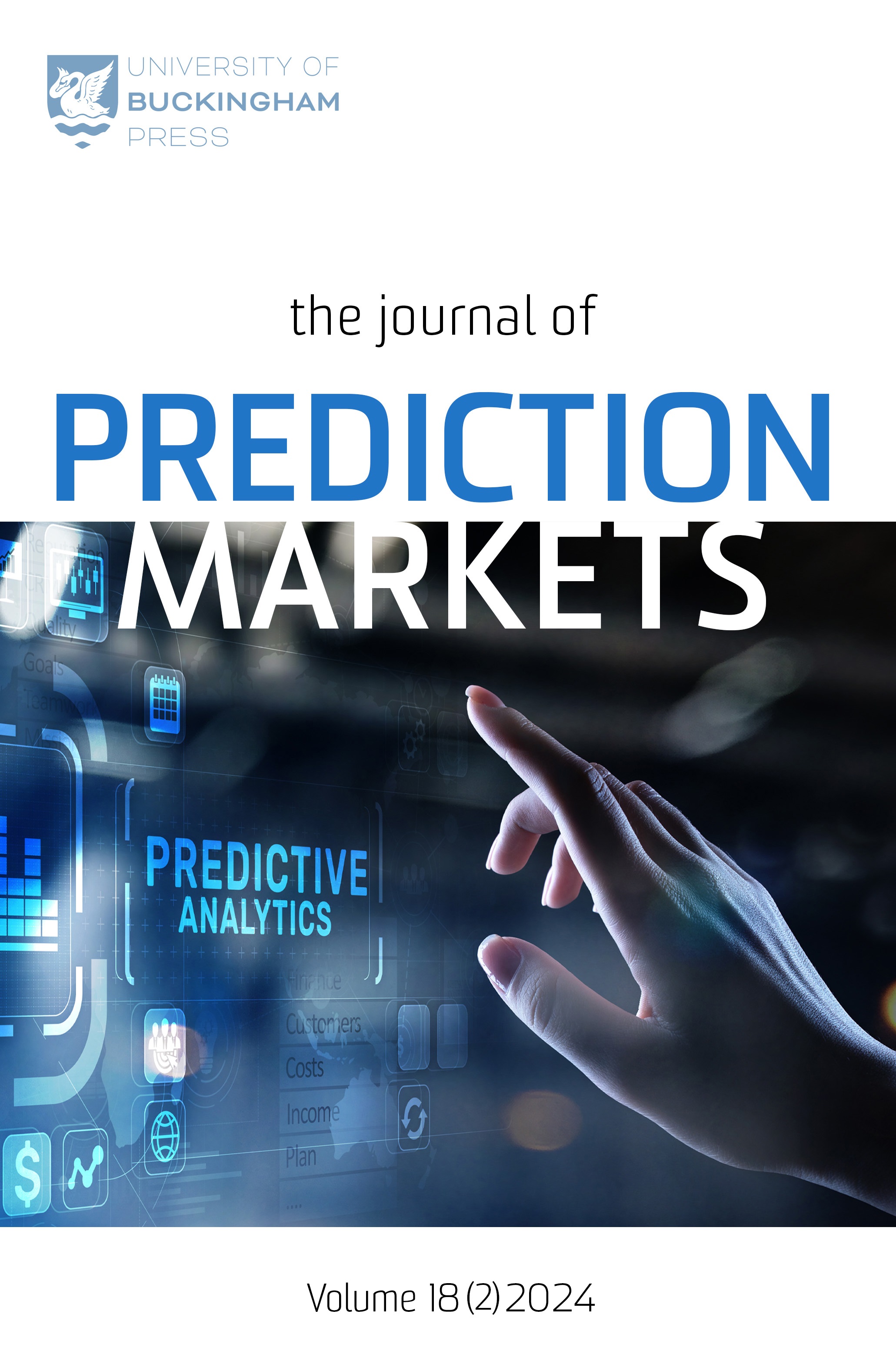A Comparative and Systematic Review of Technical Analysis-Based Forecasting Techniques: Global V/S Indian Perspectives
Main Article Content
Abstract
This paper conducts a systematic review of Technical Analysis (TA) based forecasting research from 2013 to 2022, encompassing global and Indian authors. It addresses the evolving landscape of financial forecasting, including tool choices, variable selection, error measurement, and accuracy. Employing the PRISMA framework, we analyze 176 papers (88 global, 88 Indian) to examine trends in TA research. Key inquiries involve the publication trends, popular forecasting approaches, consideration of Transaction Costs and Data Snooping Bias, research time cycles, outcomes, and performance metrics. The study reveals that Indian researchers favor TA-based machine learning (ML) techniques, while global counterparts rely more on manual forecasting methods. Notably, many studies neglect to incorporate ‘transaction costs’ and ‘data snooping bias’ in their models. Most research focuses on forecasting within a 5–10-year timeframe, with TA-based techniques generally viewed as profitable. However, Indian authors tend to prioritize risk mitigation in their models, in contrast to global authors who often measure performance through return and profitability metrics. Additionally, this paper critiques the prevailing forecasting techniques, highlighting gaps in both global and Indian research. Its aim is to aid future researchers in identifying gaps, formulating research questions, and understanding methodological considerations within financial forecasting.
Article Details
Issue
Section
Articles

